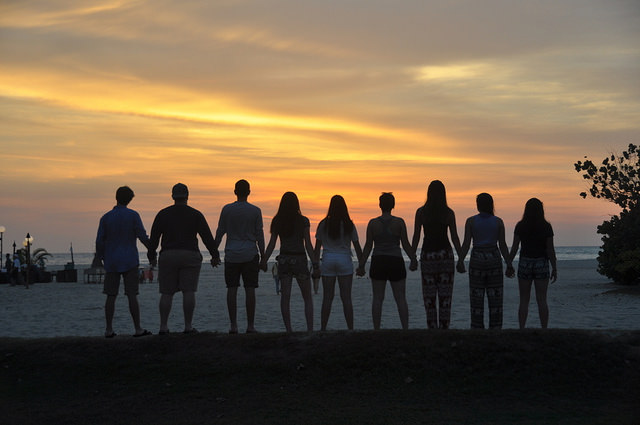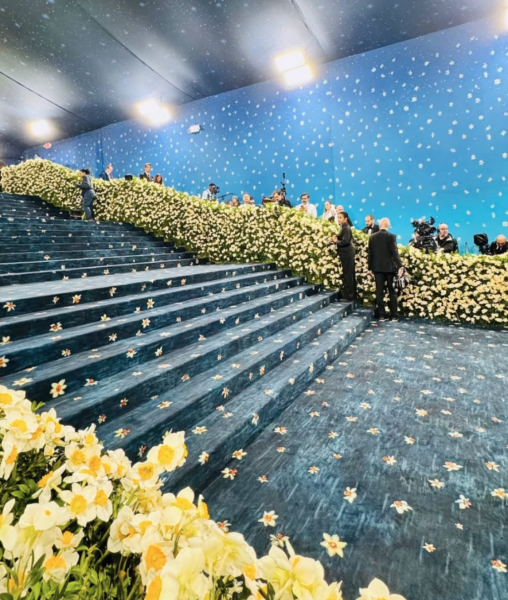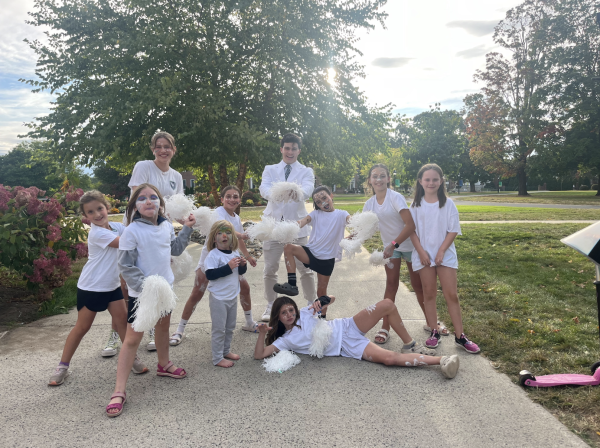Students Experience “Perspective Shifting” Trip to Borneo
During Spring Break 2018, nine students had the chance to explore the spectacular wildlife and vibrant culture of Borneo.
For 15 days (March 4-18), Mr. Seamon and Ms. Ditkovski took nine Williston students to explore jungles, cities, caves and the Coral Island in Borneo. Borneo, located in Eastern Malaysia, is separated into three parts: Sabah, Sarawak, and Labuan, and is the third largest island in the world.
The group also had the opportunity to experience biodiversity, stay in log houses, interact with orangutans, snorkel, and scuba drive. Seamon and Ditkovski gave the students memorable experiences by letting them explore many different locations in Borneo, from Batang Ai to the home of the orangutans in Jelia River, the longest cave system in southeast Asia. The group also explored the Wind and Clearwater Caves, world heritage site Kinabalu Park; the trip ended at Rasa Ria Resort.
“There is a large diversity of everything, from jungles to big cities, night markets, and caves,” said Seamon, a math teacher and the trip leader. “When we came to Mulu (a protected rainforest in Borneo known for dramatic peaks and caves), we discovered that it is only 30 minutes away from a big city if you travel by plane.”
Seamon has been taking students on different trips over the past years. For many students, this isn’t the first trip they have had with him.
Lizzie Cuevas, a senior from Trumbull, Connecticut, also attended Seamon’s trip to New Zealand last spring. Joshua Holmberg, also a senior, went on the Madagascar trip with Seamon in 2016.
“The trip was a perspective shifter,” said Lizzie, who explained that it was eye-opening to see how different life in Borneo is than back home.
Sophomore Nina Renkert loved interacting with orangutans; Borneo is one of the two places on Earth where the endangered species can still be seen in the wild.
“There was a day when we saw a huge orangutan walking past us,” Nina said. “And we also saw how the people were taking care of the animals by bringing a orangutan without a mother into their house and look after it until it was ready to get back to the wild.”
During the trip, students also had the chance to interact with the people’s traditions and the way they live, how they connect with nature by raising food themselves, taking care of trees, and the way they share a voice through ritual and dance.
On the second day, students got to experience one of the welcoming rituals of the people in Borneo. They believe that in order for people to come and live in their houses, they have to perform a welcoming dance.
“We left feeling in awe of the brave dancers,” said Ditkovski. “It reminded us of our night in the longhouse—the first time we saw a traditional cultural dance here. It felt like we had come full circle.”
“Borneo is different from the trip to New Zealand that I took last year because many of the things I saw in New Zealand, I could easily find them in the U.S,” said Lizzie. “But for Borneo, there are no skyscrapers, limited cars and technology. It was just the people living in the nature and it gave me a different perspective of things.”
Another thing that makes Seamon’s trip different from others is that phones are not allowed once the group touches down in the designated country.
“It forces us to talk face to face and connect with each other by telling stories every night and share feelings about what we see every day during the trip that influence us,” explained Lizzie. “The trip really helps me get to know more people. There are some kids from the trip that I didn’t remember their faces before the trip but now when I see them on campus, I’d be like ‘hey I know you, I spent two weeks with you and 13 hours on the plane with you.'”
Talking about the cell phone policy he enacted for the trip, Seamon said, “I believe that most of them secretly enjoy not having their phones.”
“Not having my phone helped me to take a step back and fully take in the environment.” agreed Nina Renkert.
Nhi is a senior at Williston. She is from Hanoi, Vietnam. In her free time, she enjoys taking pictures and hanging out with friends. Next year she will...













